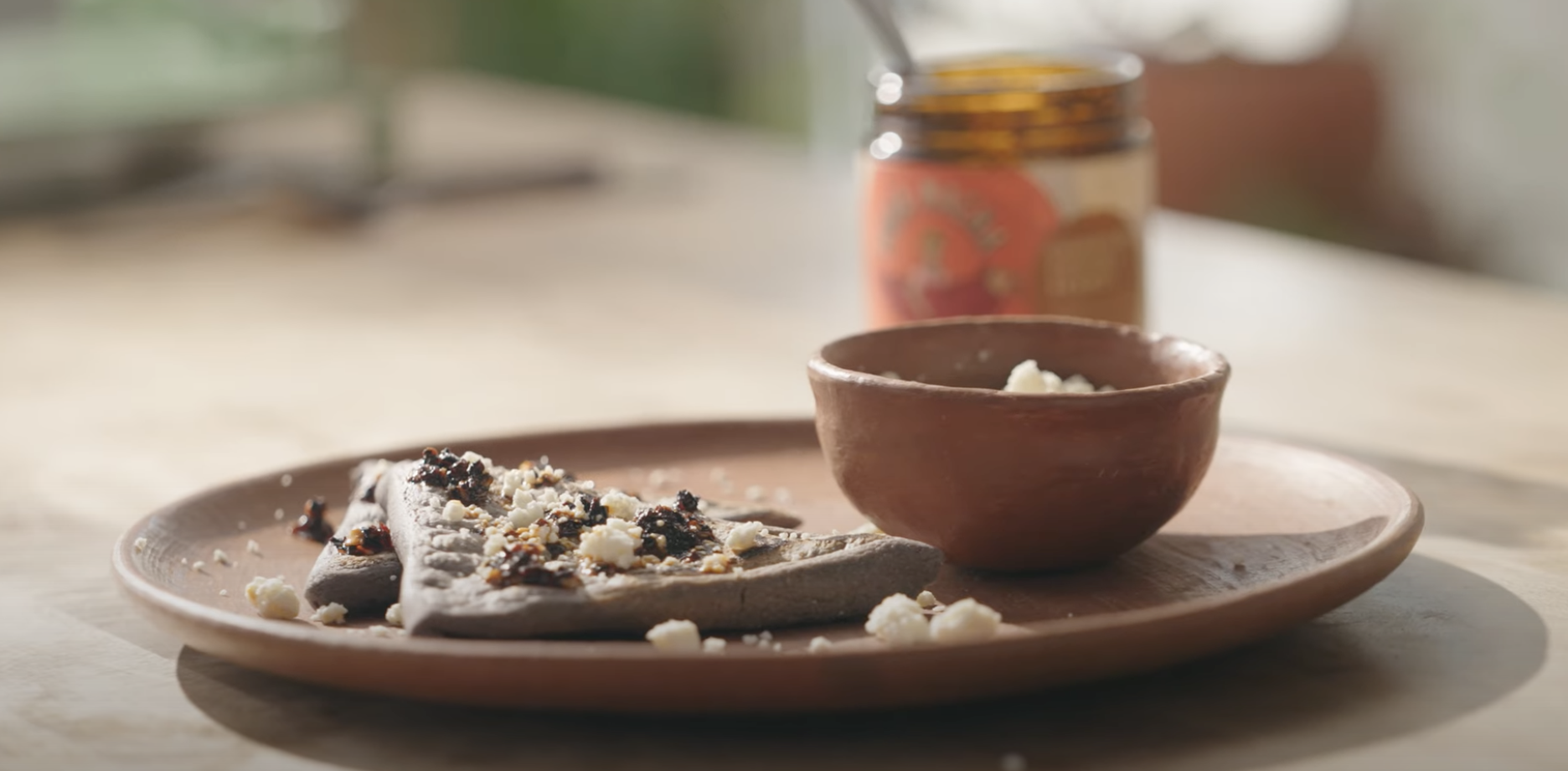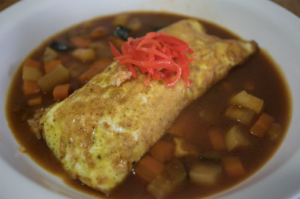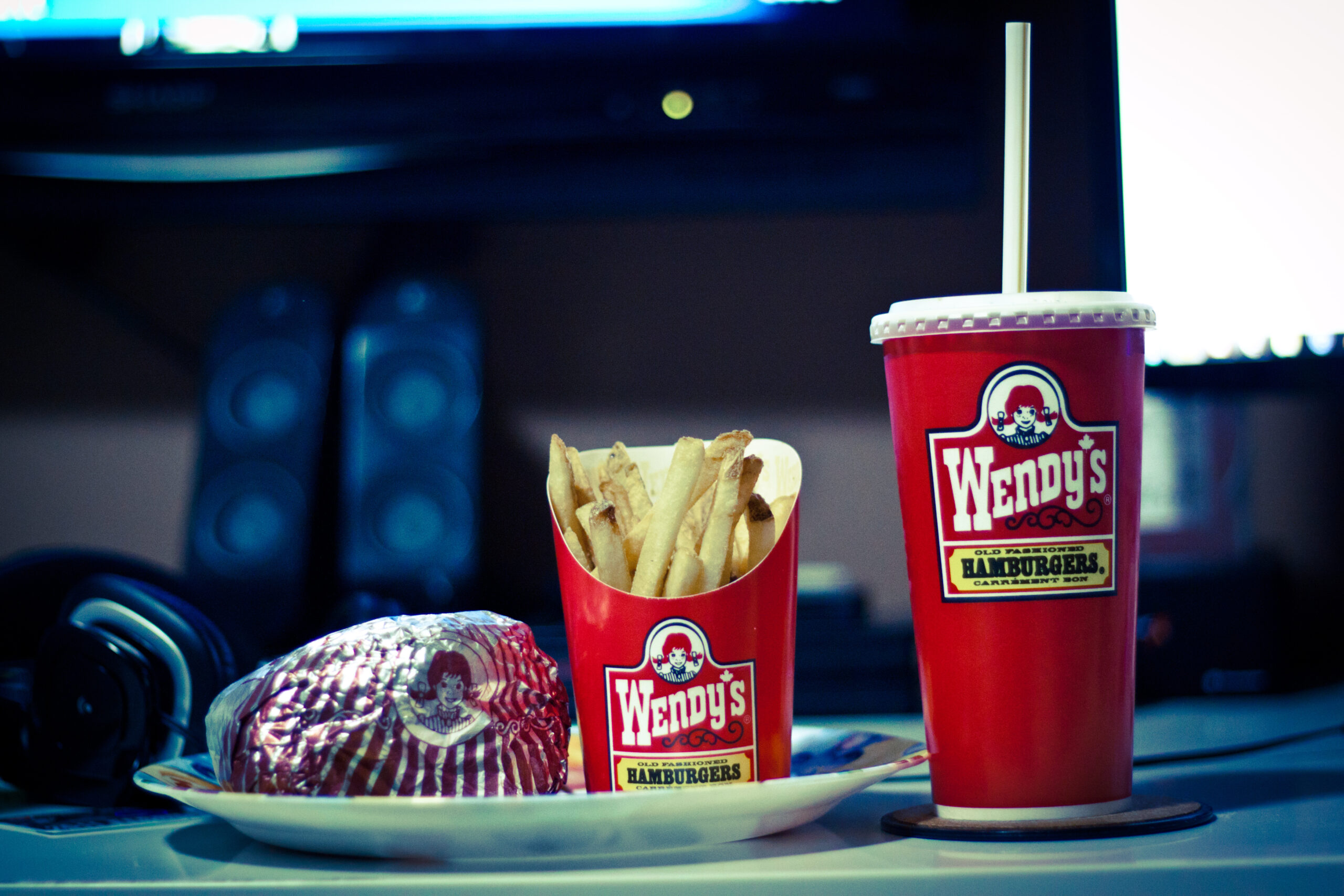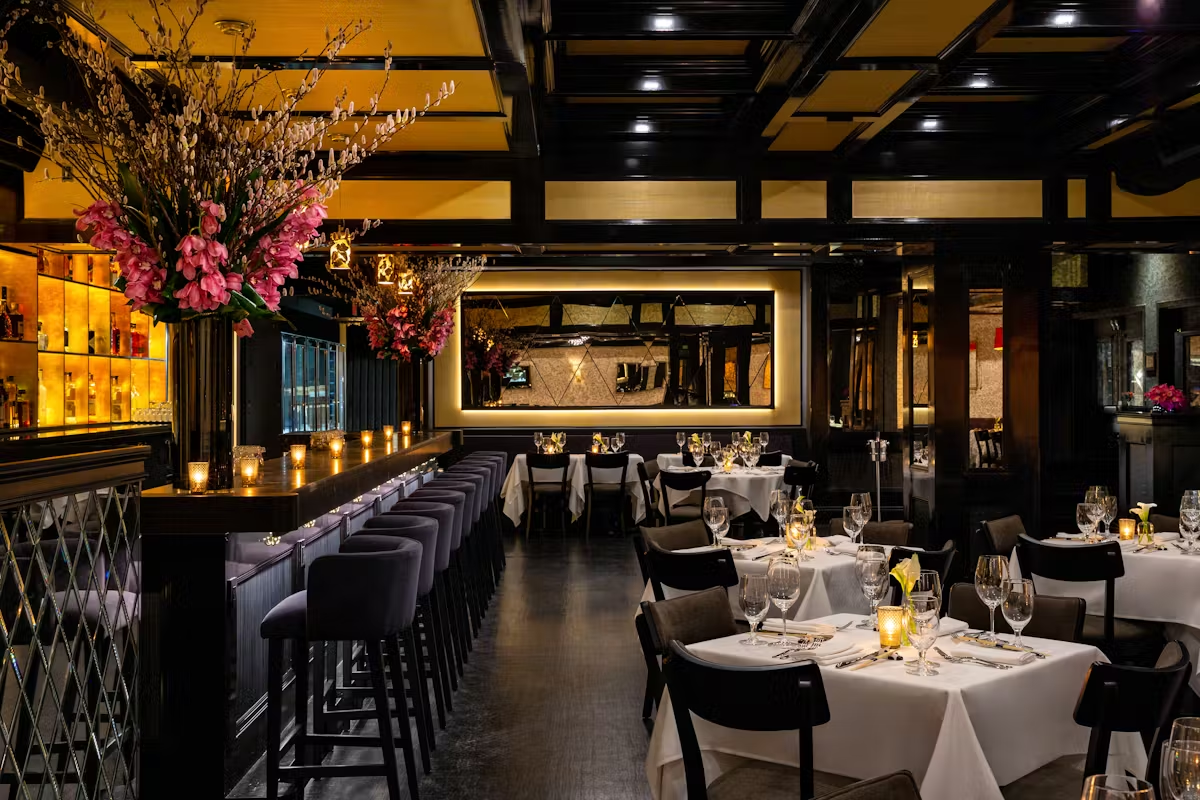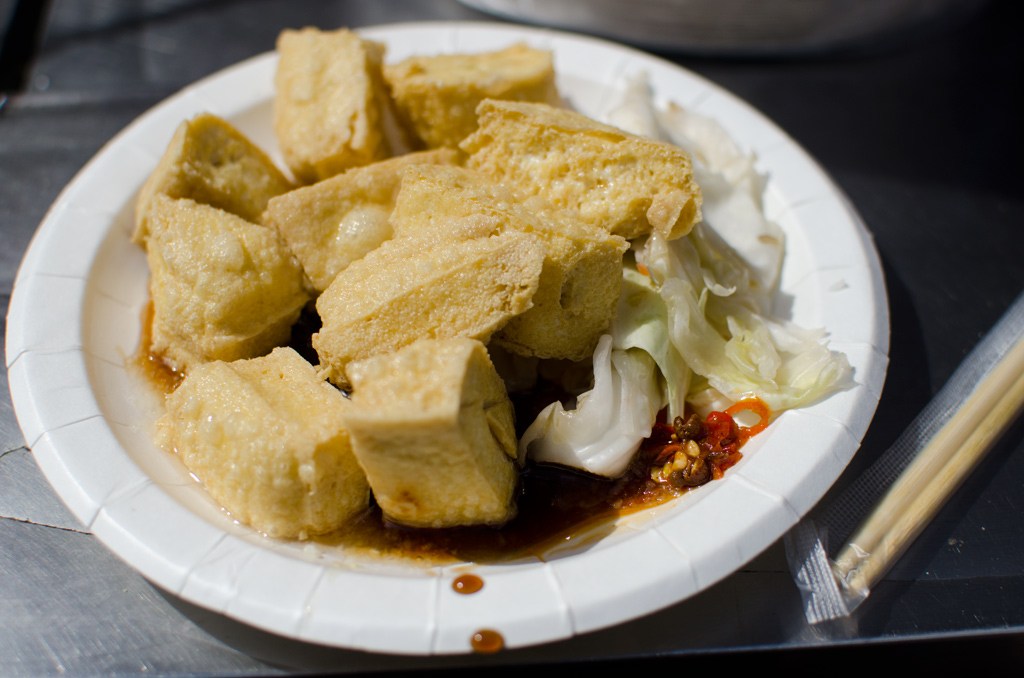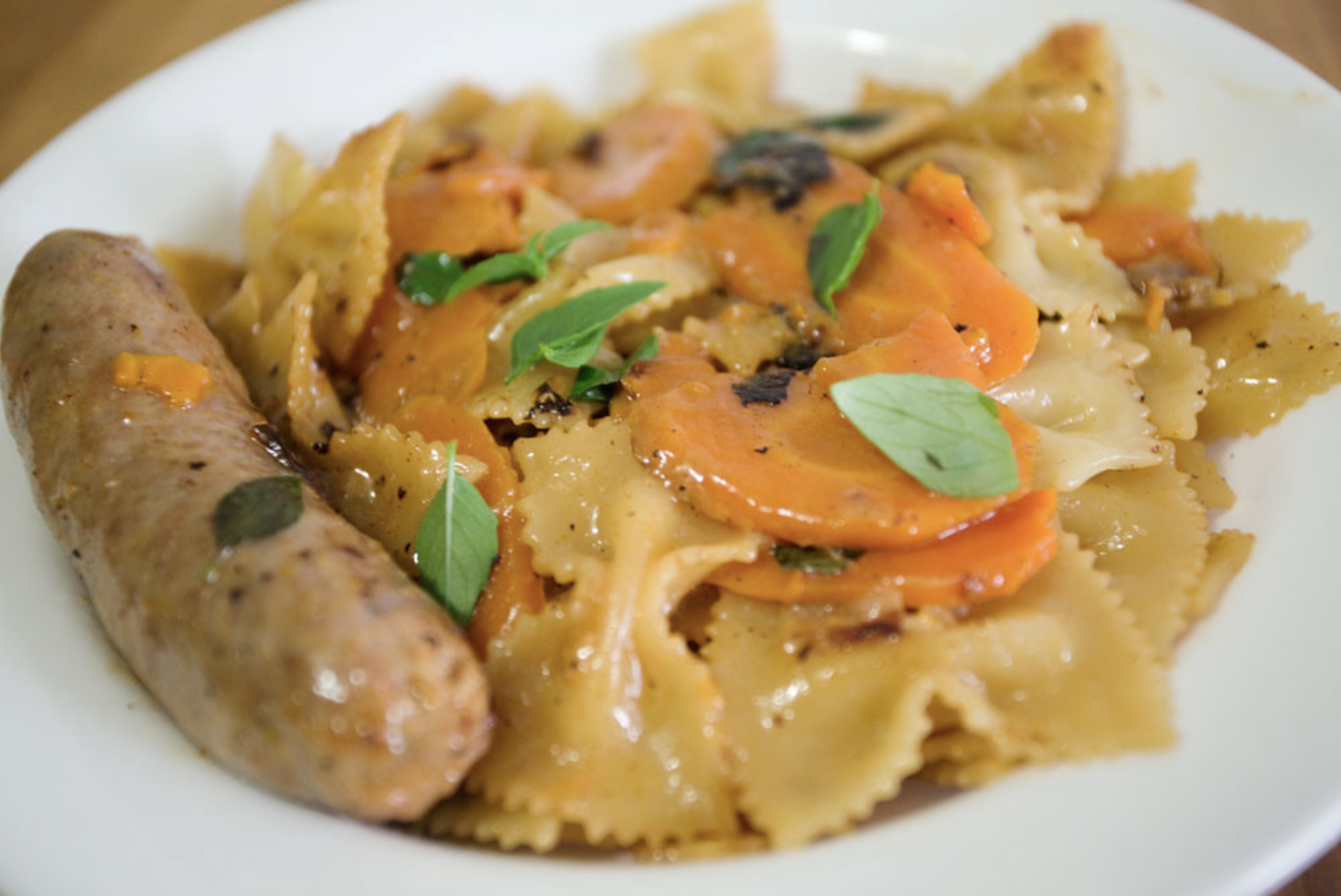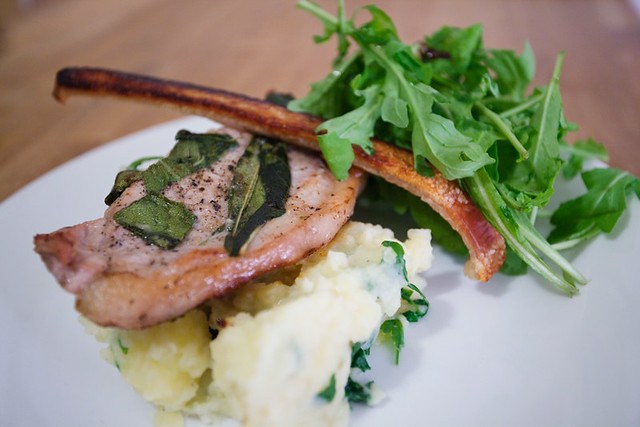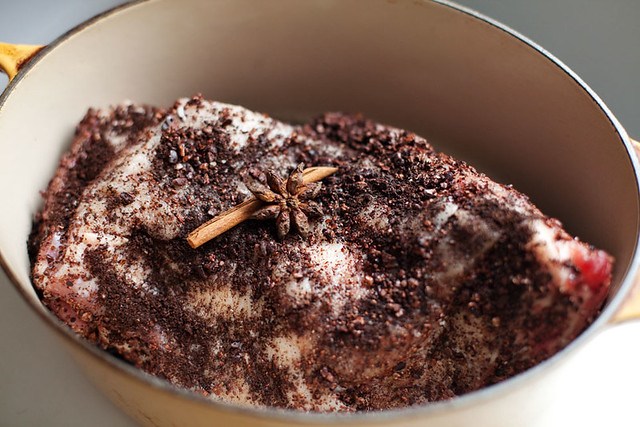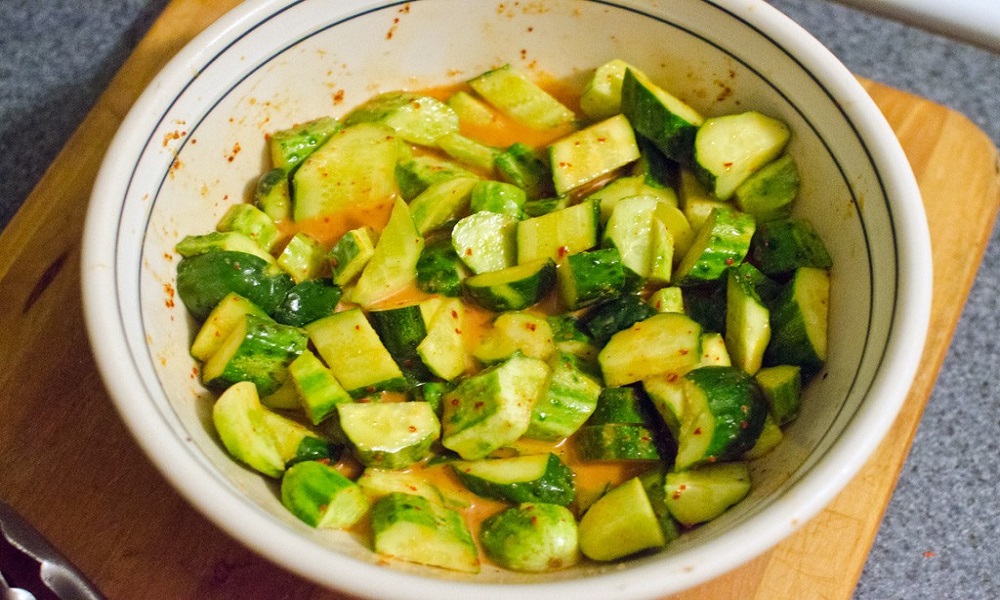Golden triangular pockets emerge from sizzling comales, carrying centuries of Mixtec wisdom into America’s hottest restaurant kitchens. Tetelas—three-cornered antojitos from Oaxaca’s Mixteca region—are commanding attention at restaurants from coast to coast, bridging centuries-old Mixtec traditions with contemporary culinary innovation. These distinctive folded vessels offer diners an authentic taste of indigenous Mexican cooking that predates Spanish colonization, wrapped in Instagram-ready geometry.
Ancient Wisdom Meets Modern Plates
Beneath flickering restaurant lights, chefs discover what the Mixtec people perfected centuries ago. These triangular treasures emerged from Mexico’s foundational milpa system, where corn and beans created nutritional completeness in portable form. Traditional tamales showcase refried black beans seasoned with hierba de conejo or avocado leaf, pressed within thin masa discs, then folded into shapes echoing the region’s mountainous landscape.
Contemporary interpretations maintain the sacred geometry while expanding flavor possibilities. At Valle in Carlsbad, chef Roberto Alcocer elevates the concept with chicharrón prensado, salsa verde, and avocado pearls. Meanwhile, Austin’s Suerte features wild mushroom tetelas with quelites and crema, while Chicago’s Leña presents huitlacoche versions topped with pomegranate seeds and microgreens.
The trend reflects diners’ sophisticated hunger for regional Mexican cuisine beyond typical offerings. Tetelas provide perfect entry points to indigenous culinary traditions—familiar ingredients presented in intriguingly novel formats that photograph beautifully alongside colorful garnishes.
Coast-to-Coast Conquest
Restaurant adoption spans diverse markets and price points. Denver’s Mercantile Dining & Provision serves breakfast tamales stuffed with chorizo and scrambled eggs, while Minneapolis’ Colita offers weekend specials featuring seasonal vegetables and local cheeses. Portland’s Taco Maria showcases traditional Oaxacan preparations alongside modern interpretations, and New York’s Atla includes tetelas on their weekend brunch menu with duck carnitas and pickled onions.
Food enthusiasts seeking authentic experiences discover tetelas at neighborhood taquerias, maintaining traditional preparations—topped simply with queso fresco and crema—alongside upscale establishments where chefs reimagine the format with luxury ingredients and refined presentations.
The Future Looks Triangular
As regional Mexican cuisine gains prominence nationwide, tetelas position themselves as the next essential menu item. Their versatility accommodates both casual neighborhood spots and upscale dining rooms, promising diners an authentic connection to Oaxacan tradition wrapped in contemporary flair. The triangular revolution has begun—one perfectly folded pocket at a time.


